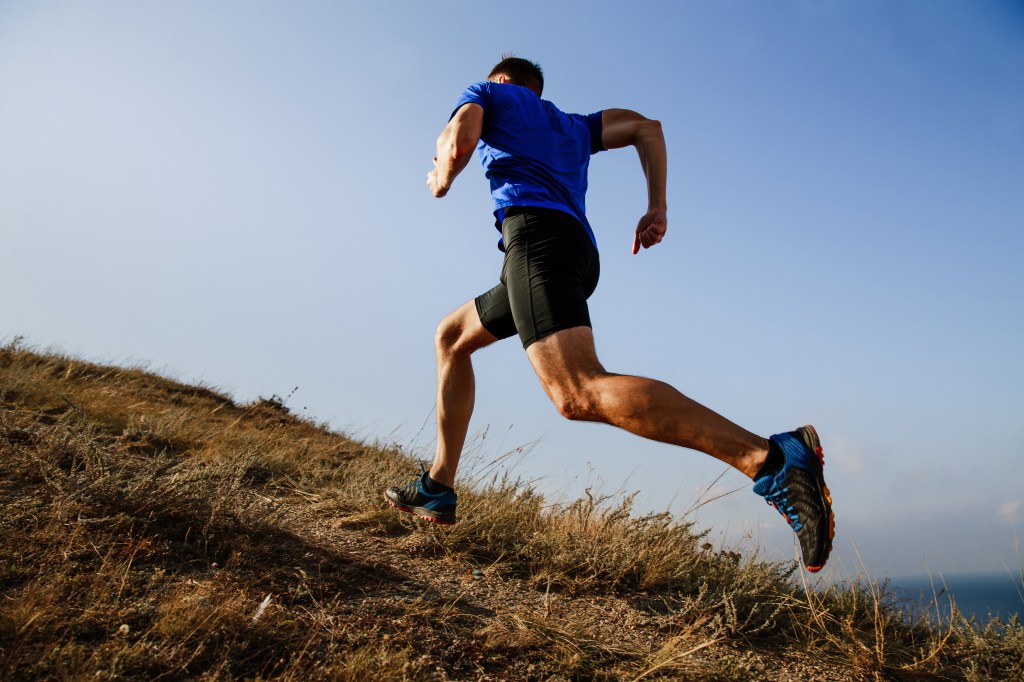Sticking to a routine can leave you in danger of feeling stale and unmotivated – better to reinvent your running on a regular basis
While most of us would ‘fess up’ to being creatures of habit, there can be hidden dangers in sticking to routine when it comes to your run training.
Refusal to deviate from your favourite training format puts you at risk of your fitness or race time improvements stalling due to the dreaded plateau effect.
Additionally, staying in your groove can predispose an increased likelihood of overuse injuries and can even lead to you losing motivation through boredom.
Elite athletes are well aware of these potential dangers and so leading coaches will always advise adopting a tactic known as periodisation whereby change is a vital component within the long term plan.
Reinventing your running, then, can bring a number of benefits – so here are a few suggestions to ensure you (literally) accelerate towards your goals.
GO NAKED
Training barefoot has several scientifically proven benefits including increased running efficiency, reduced fatigue and reduced risk of impact injury.

However, it’s strongly recommended you only try this if you’ve had your running gait analysed and have good technique as any postural imbalances can be magnified, leading to increased injury risk.
LADDER
Build your capacity using intervals of set time that increase in pace, but without recovery between each. For example, run for 2mins at 10km/h then 2mins at 12km/h then 2mins at 14km/h until you reach a speed you cannot maintain for the 2mins. At this point, slow down for 3mins at an easy pace to recover; then begin the ladder again.
FARTLEK
This is an unstructured approach, incorporating fast bursts in an ad hoc fashion, helping you to perform at higher intensity – and also equipping you with the ability to respond to a sudden burst of speed from competitors in a race situation.
Start at a comfortable pace then increase speed for bouts from 15secs to 2mins, returning to a steady pace for a recovery, around the same length as the previous work period.
HEAD FOR THE HILLS
High-pace shuttle runs on an incline are ideal to improve your cardio efficiency and at the same time build leg strength. In addition, this is a route to improving your mental toughness and prepares you for the terrain you might encounter in cross country or obstacle course events.

LSD
Long slow distance sessions of 2-4 hours duration are a must (even if only occasionally) if your event is marathon or triathlon.
Psychologically, this will accustom you to the discipline of maintaining pace but more importantly, physiologically, your body will become more efficient at releasing fat stores to provide the fuel you need to hang in there.
WEIGHT FOR IT
Adding extra weight will make your leg muscles, heart and lungs all work harder so to give you extra poundage try a weighted vest which, with slide-in bars, can be adjusted to suit your fitness level and specific training session. Take it off and you’ll feel as though you can run like the wind.
TURNAROUNDS
Set a distance and a target time to complete it, e.g. 800 metres and 5mins. You choose the pace but the run and rest combined must amount to the 5 minutes.
Options are to run fast and have a long rest or run at a medium pace; but you won’t have much recovery before beginning the next repetition. Keep your sessions varied by experimenting with the distances and times you select.








